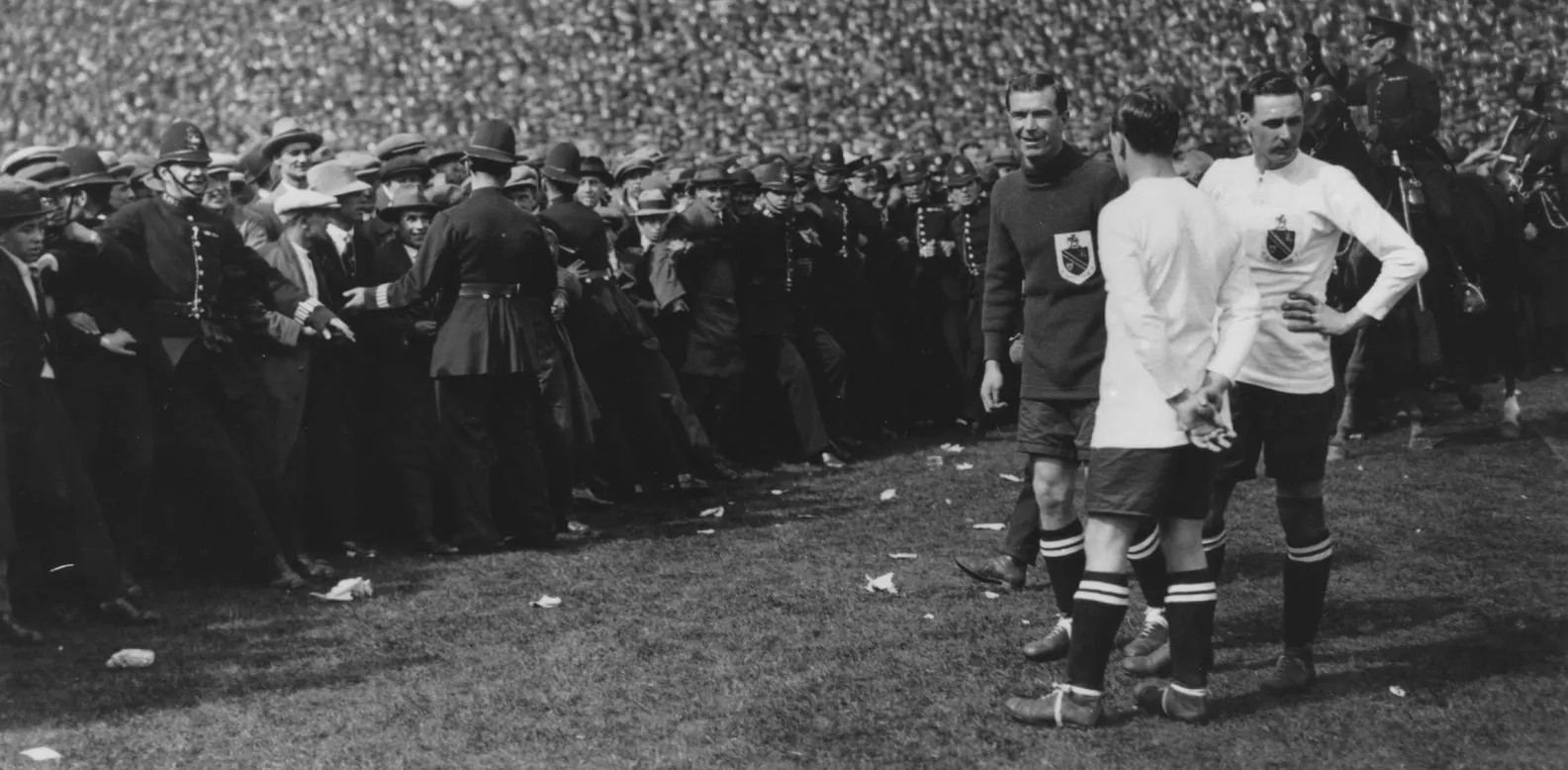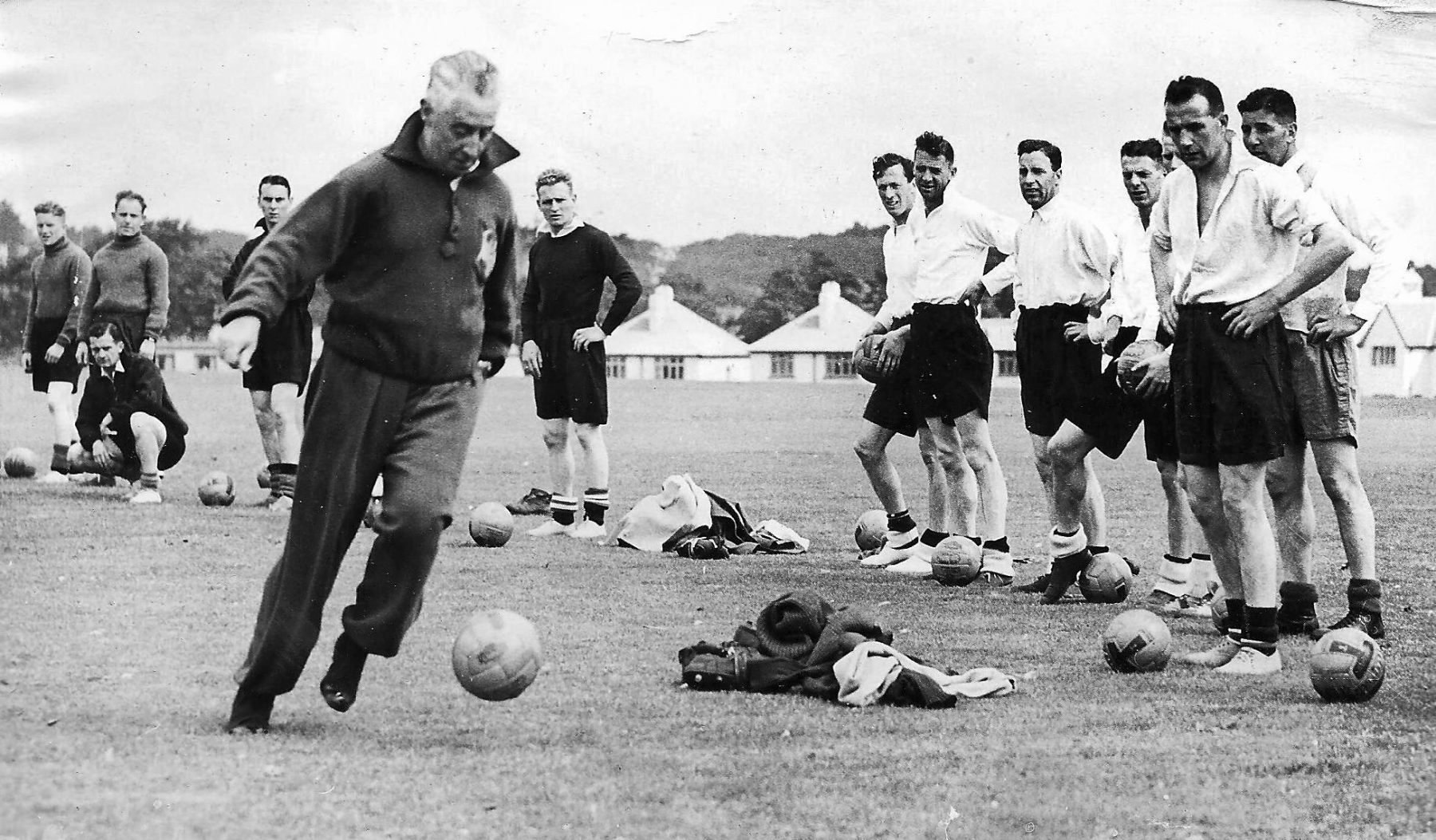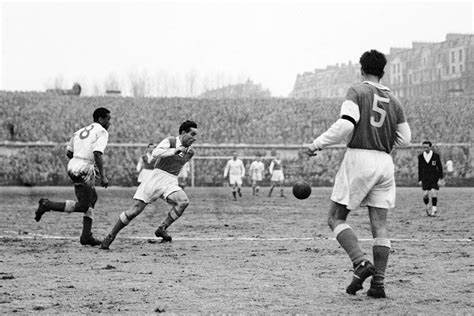
Valeri Lobanovskiy, The Tactical Visionary Valeri Lobanovskiy: The Tactical Visionary Who Changed Soviet Football He was one of the most…
Discover here the history of the best football tactics in the history since its origins
Herrera
Guardiola
Michels
Chapman


Valeri Lobanovskiy, The Tactical Visionary Valeri Lobanovskiy: The Tactical Visionary Who Changed Soviet Football He was one of the most…

Gusztáv Sebes: The Architect of Hungarian Football’s Golden Age Gusztáv Sebes: The Architect of Hungarian Football’s Golden Age The hungarian…

José Mourinho’s Tactical Masterclass José Mourinho’s Tactical Masterclass: The Evolution of a Football Genius Few managers in the history of…

The Emergence of Tactics in Football The Emergence of Tactics in Football: A Game-Changing Evolution Football, often referred to as…

1. The club
2. The manager
3. The players
4. The supporters
5. 90 minutes

Discover so much more about football history
